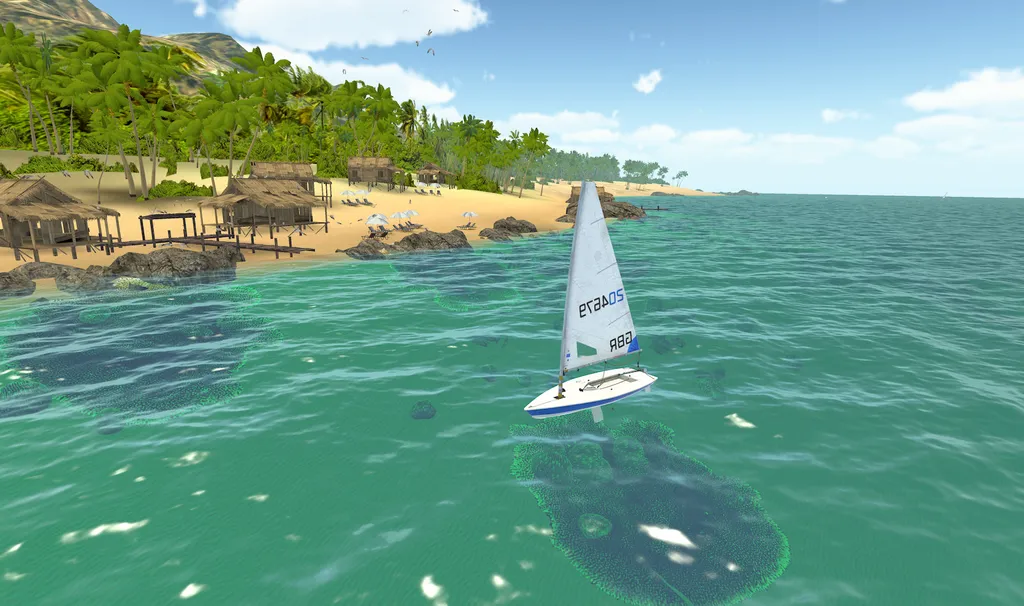My team at MarineVerse just spent two years making VR Regatta, a virtual sailing experience that rides the narrow boundary between authentic simulation and entertaining game. Finding the sweet spot between authentic simulation and fun entertainment product is always a challenge, and here is how we found that balance.
When game developers try to recreate real life, there is always a creative tension between realism and entertainment. Make your simulation too realistic, and the game gets too hard to find. Lean too far in the other direction, and you risk losing the authentic essence of the experience you are trying to recreate.
My studio MarineVerse developed VR Regatta: The Sailing Game over the course of almost two years, with over half of that in pre-release early access on the Steam games platform. A lot of that time was spent trying to perfect that balance, to find the sweet spot between simulation and game. Here are some of the lessons we learned.
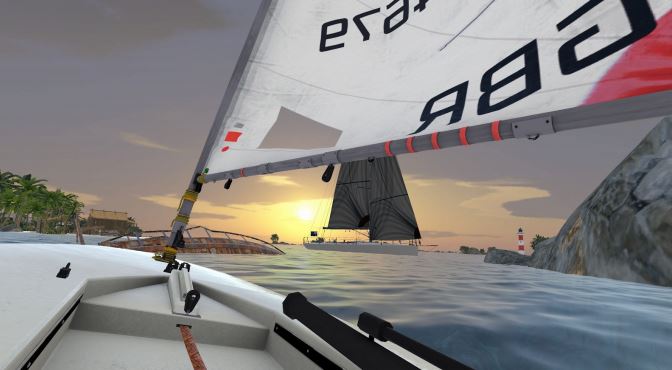
Make What You Know
The MarineVerse team was initially drawn together by our mutual love of sailing. As excited as we all were by the amazing experiences being created in virtual reality, we were all a little disappointed that nobody had yet created an authentic sailing game. Naturally, we decided to make our own.
I think this needs to be the first step in any attempt to accurately recreate a real world activity in the digital realm: experience. Sure, you don’t have to be a former police officer to create a fun cops-and robbers game, but if your aim is to capture the true essence of something real, you need to know what that essence feels like.
Real sailing is a balancing act. The wind pushes against your sail and you lean back into the wind, finding the right angle by feel more than anything else. The force of the wind in the sail then interacts with the rudder as it cuts through the water, and the weight of your body in the boat also plays an important part.
The MarineVerse team can make a strong attempt at recreating this because we’re enthusiastic sailors that ‘do it for real’. If we’re testing a game prototype, we’ll know if it feels wrong, even if we might not be able to say exactly why.
If you’re trying to create a real-world digital experience of something you aren’t intimately familiar with, then you’ll want to do lots of research at the very least. Even then, it’s hard for research to replace actual experience and passion, especially in VR when the sensations are so immediate and immersive.
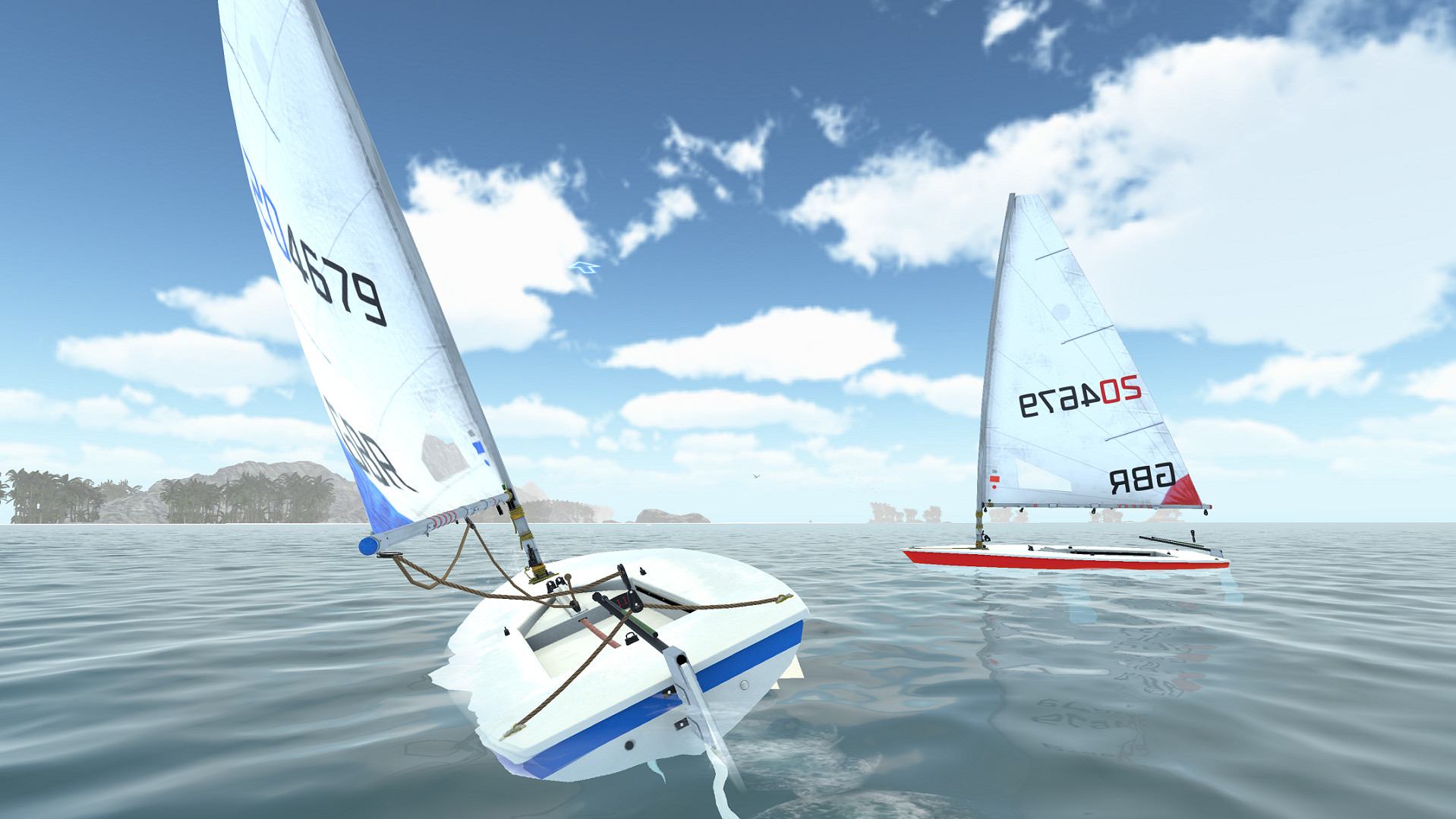
Iteration Is Your Friend
From the very first week of development, VR Regatta was an iterative project. We smashed together a functional prototype on Google Cardboard as quickly as we could, and then we improved it and refined it countless times over almost two years.
A lot of our experiments didn’t work out how we thought they would. In the current version, some race events will have floating stars to keep you on course: if you collect a star, you’re heading the right way, and if you miss it then you’re off-course. It worked well for timed races—it was “gamey”, for sure, but not too gamey.
The problem was that we put the stars everywhere, including in the relaxing open-world exploration mode. To encourage players to explore every bit of the map, we put stars all over the place for them to find. We thought it would give them some goals, something to work towards, and a sense of achievement when they had collected all of them. Well, not so much. We had very clear feedback that when players were trying to have a relaxing sailing session, they didn’t want big floaty stars blocking their view. In that case, realism won out over game design.
We also went too far in the other direction. Early on, we were tempted to include a wide variety of weather conditions, which would be a realistic depiction of what sailing can be like. In the real world you might have a massive swell, gale force winds, or—perhaps worst of all—a complete calm, no wind at all.
We realised quickly that the only way the game could really be fun would be to only include fair weather sailing.
Another feature that almost ended up in early versions of the game was setup and cleanup. In an effort to make it feel real, we considered including some steps to prepare your boat for sailing, and then to pack it away afterwards. The problem is that our players wanted to jump straight into a boat and begin sailing, not do the hard work that real-life boat owners need to do. We are still considering including this as an advanced option for really dedicated players who want a more complete simulation, but right now it’s a bit too realistic to be fun.
It’s a tricky balance: add too many game-like elements and the experienced sailors won’t feel like it’s a satisfying simulation, add too few game features and non-sailing gamers will find too hard to get into. We eventually found that including more game elements early in the experience and then phasing them out as the player’s skills improve was the best solution. That said, we’re always listening to player feedback, so the balance may be tweaked in the future.
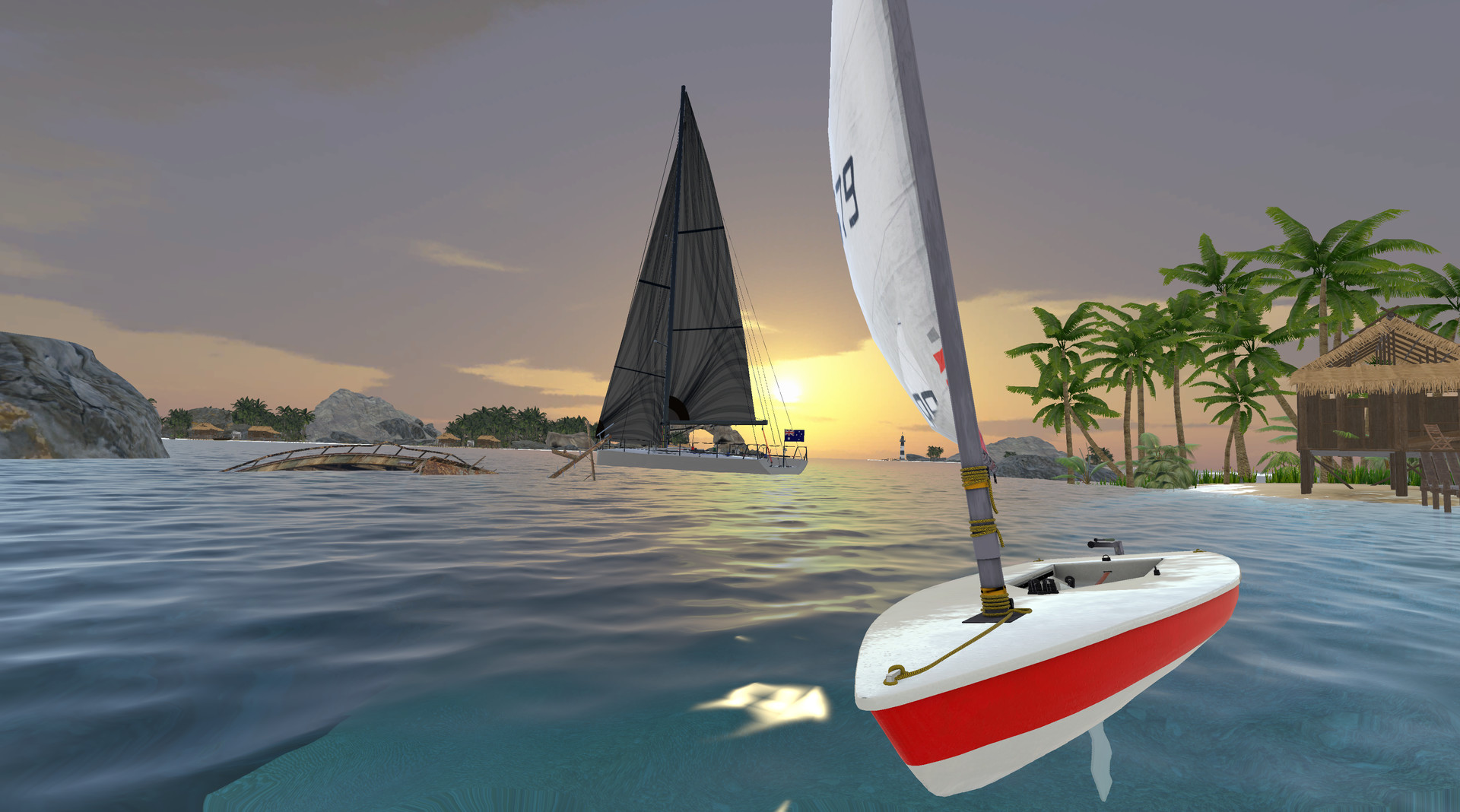
Find The Magic Ingredient
In every physical activity that people do for fun, there is a kind of “X factor”, a special secret element that only enthusiasts will recognise. If you can identify this factor and recreate it in the virtual world, you will have taken a huge step toward making your simulation feel authentic.
For VR Regatta that “X factor” was the wind. An experienced sailor can close their eyes, and through a combination of the feel of the wind on their skin and the sound it makes in their ears, they can tell you the precise strength and direction of the wind. We can’t replicate the skin pressure (yet!) but we were able to make a pretty good job on the audio front.
We hired the internationally-renowned sound engineer Stephan Schütze to solve this riddle for us. He has spent several years working in the VR space, working out how to recreate the specific qualities that make sound seem real. People don’t usually think about this, but wind makes a set of very particular sounds when it hits our ears from certain angles, and Stephan spent a long time recreating that for us. If you are interested in this topic, Stephan wrote an entire blog post about it here.
The result of this hard work is that now, when an experienced sailor plays VR Regatta, they will hear those familiar sounds of the wind blowing around them and feel immediately at home. (One long-time sailor who tried the game confessed that he knew he was truly immersed in it when he ducked under the sail boom, acting as if was a real object that would hit him in the head!)
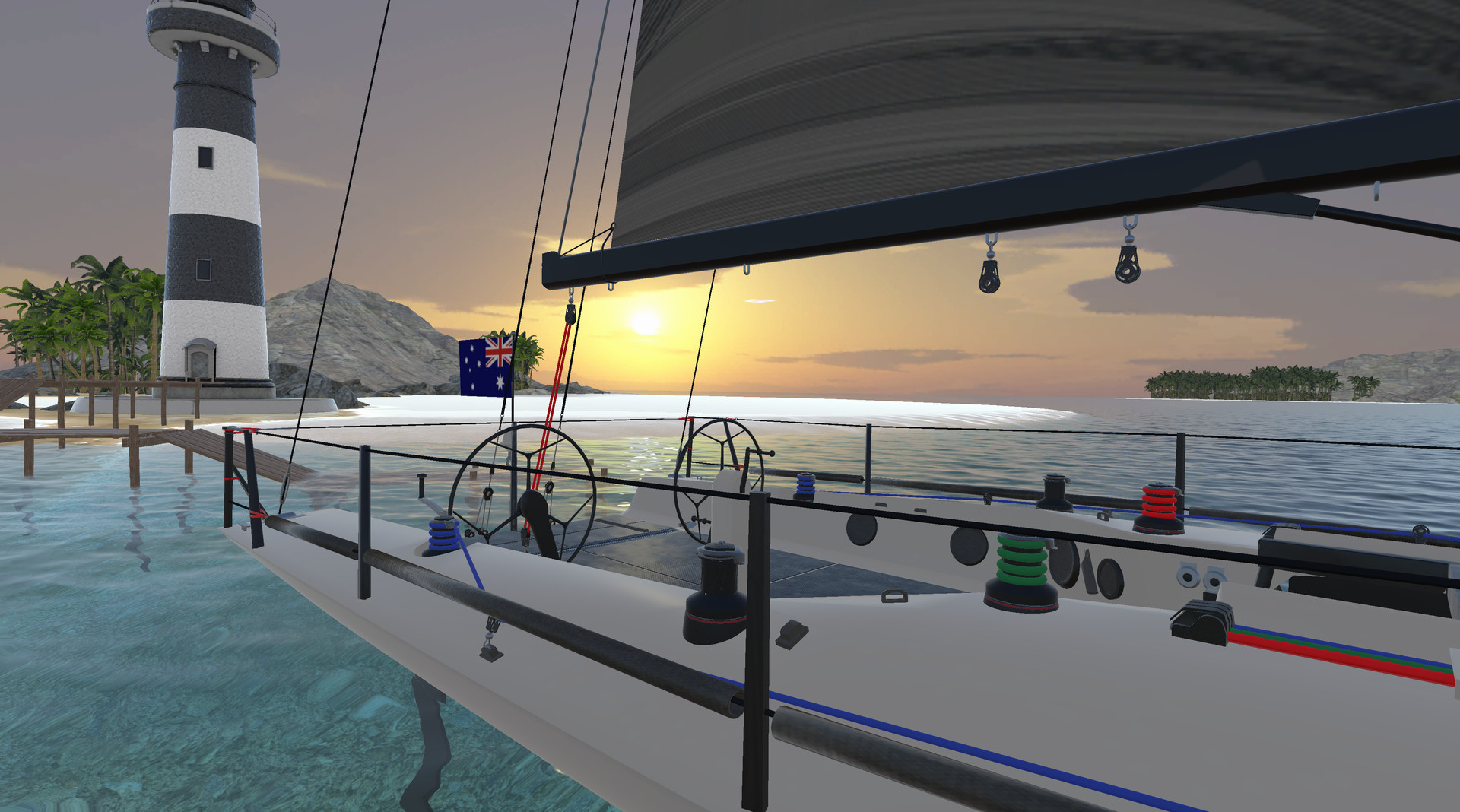
Love It (And Remember To Ship It)
Between the nature of iterative design, the delicate balance between realism and game design, and the constant user feedback of early access, it can be very hard to draw a hard line under your project and say that it’s finished.
Also, it is vital to keep in mind that the final 10% of polish always takes the most time. When you’re coming up with awesome big ideas and turning them into a reality, energy levels and enthusiasm are always at the highest. It’s at the end of the project—when you’re hunting down the last few bugs, trying to make that one bit of the game work that has never felt right, and so on—that time will drag out and you will start to lose your grasp on that creative spark that got you into this project in the first place.
This is one of the reasons why it is so important, when creating a simulation of a real-world activity, to make sure it’s something you love. Making a game based on something you feel indifferent to just because you know it’s popular (and you think you can make it work) might not be enough.
For us, love kept us going through some difficult times. When we began working on VR Regatta there was a lot of hope in the industry that sales of the Vive and the Rift were going to take off at any moment.
We were certain that by the time we were ready to release our finished game there would be a large and healthy install base of VR headsets, but… well, the reality is slightly less thrilling.
We’re still very optimistic about VR, but the unexpectedly low growth in that sector while we made our game certainly sapped our enthusiasm. In the end, it was our love of sailing that got us through. When we were worried about money, worried about the official release, putting on a headset and experienced this little technological miracle we had created together always gave us a boost. That boost helped to carry us over the line and release a complete game, and we’re incredibly proud of VR Regatta.
VR Regatta is available on Steam for Windows, and is compatible with HTC Vive, Oculus Rift, and Microsoft Mixed Reality headsets.
MarineVerse is an international team of creatives and advocates for sailing and emergent technology, with a mission to inspire, train, and connect sailors and to share the unique feeling of sailing with a global audience.
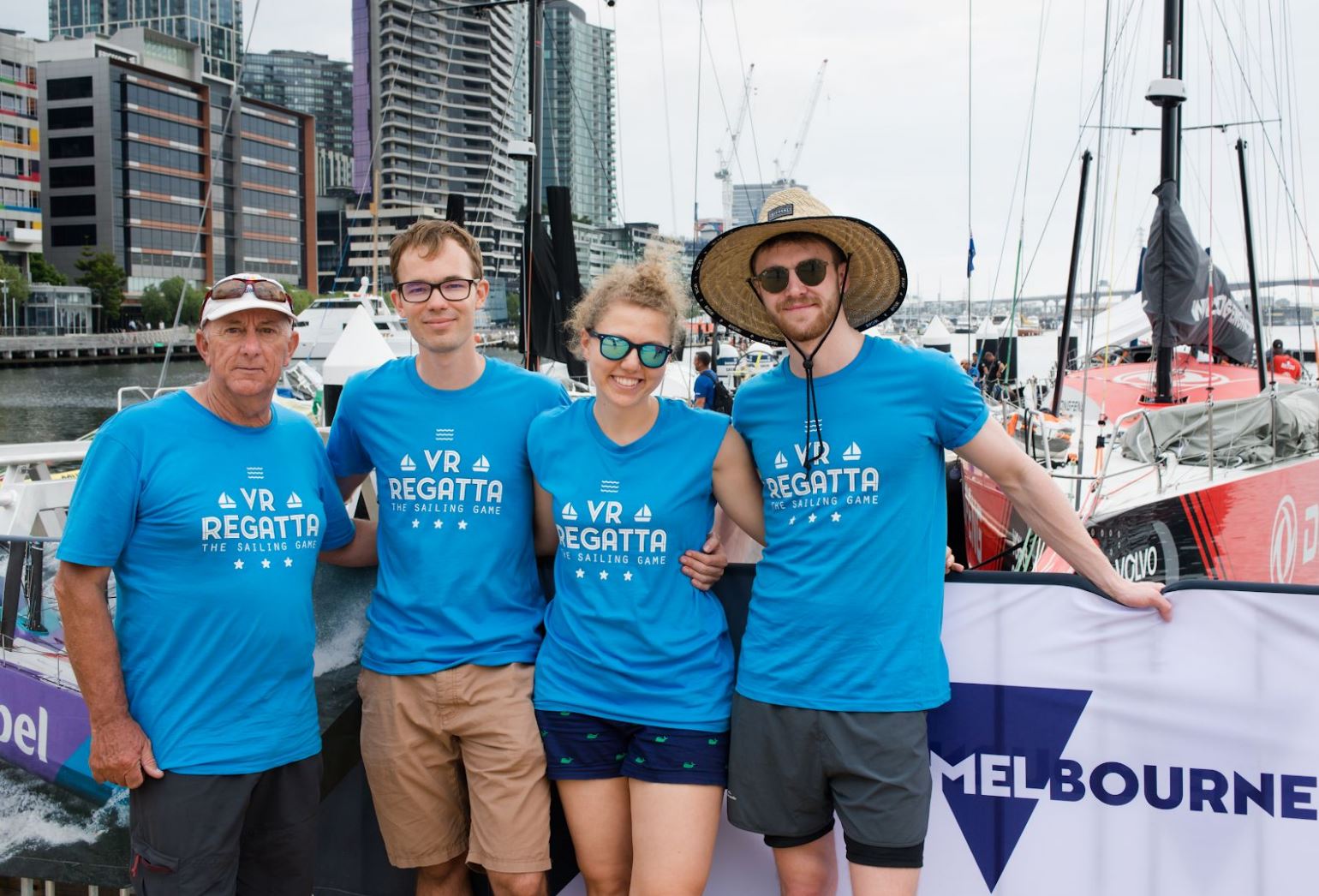
Editor’s Note: This is a contributed guest post from a game developer that was not produced by the UploadVR staff. No compensation was exchanged for the creation of this content.

